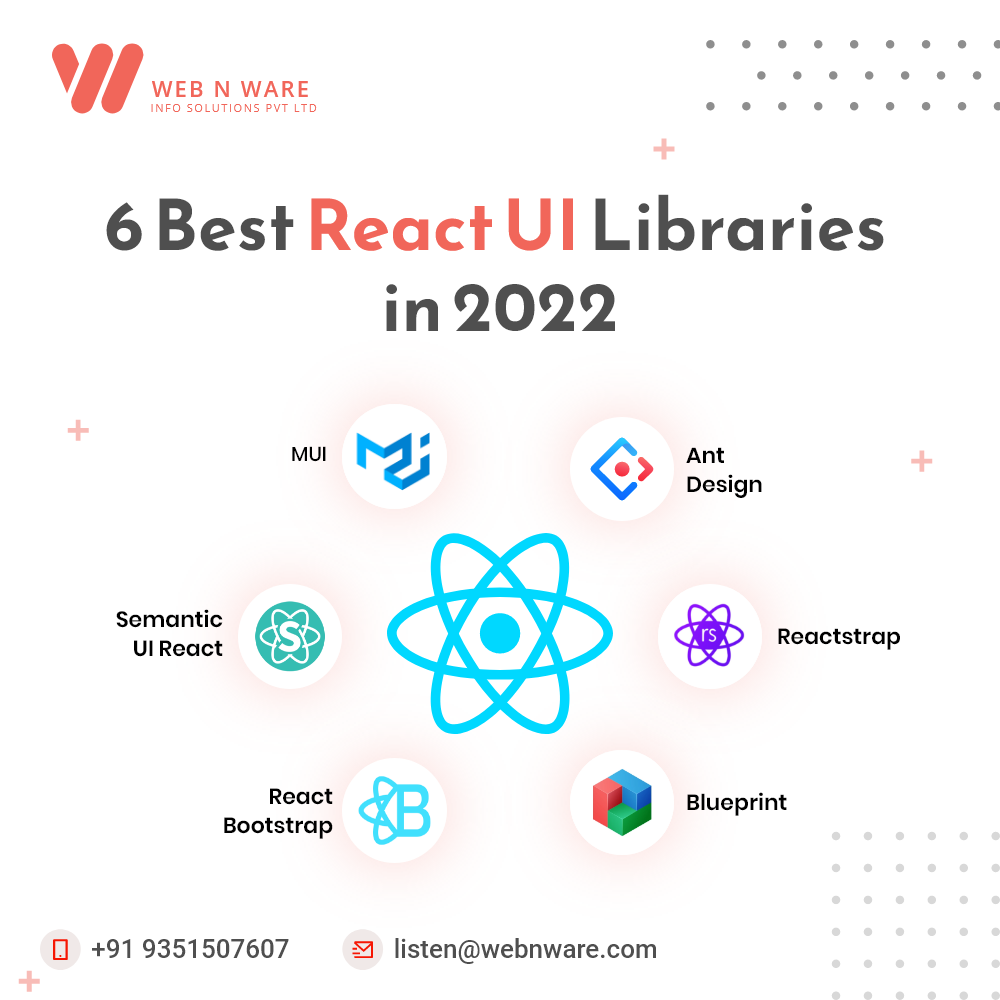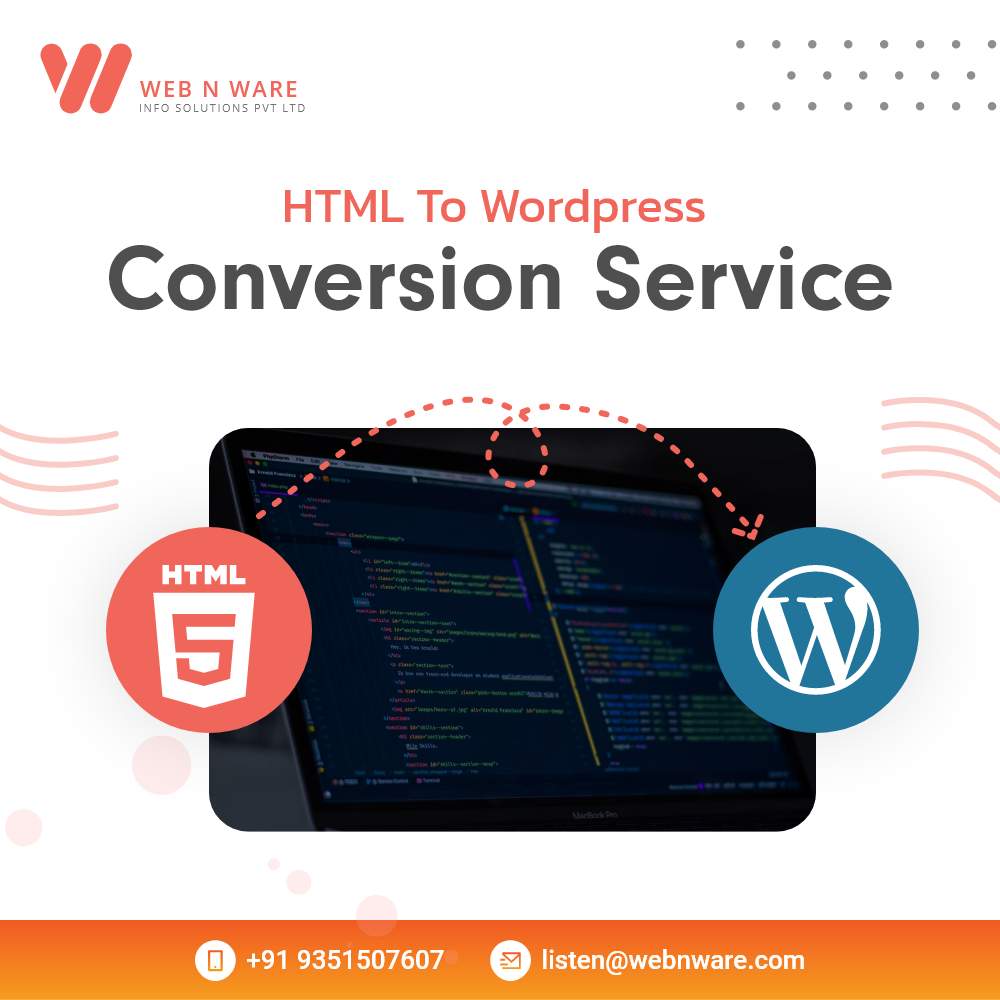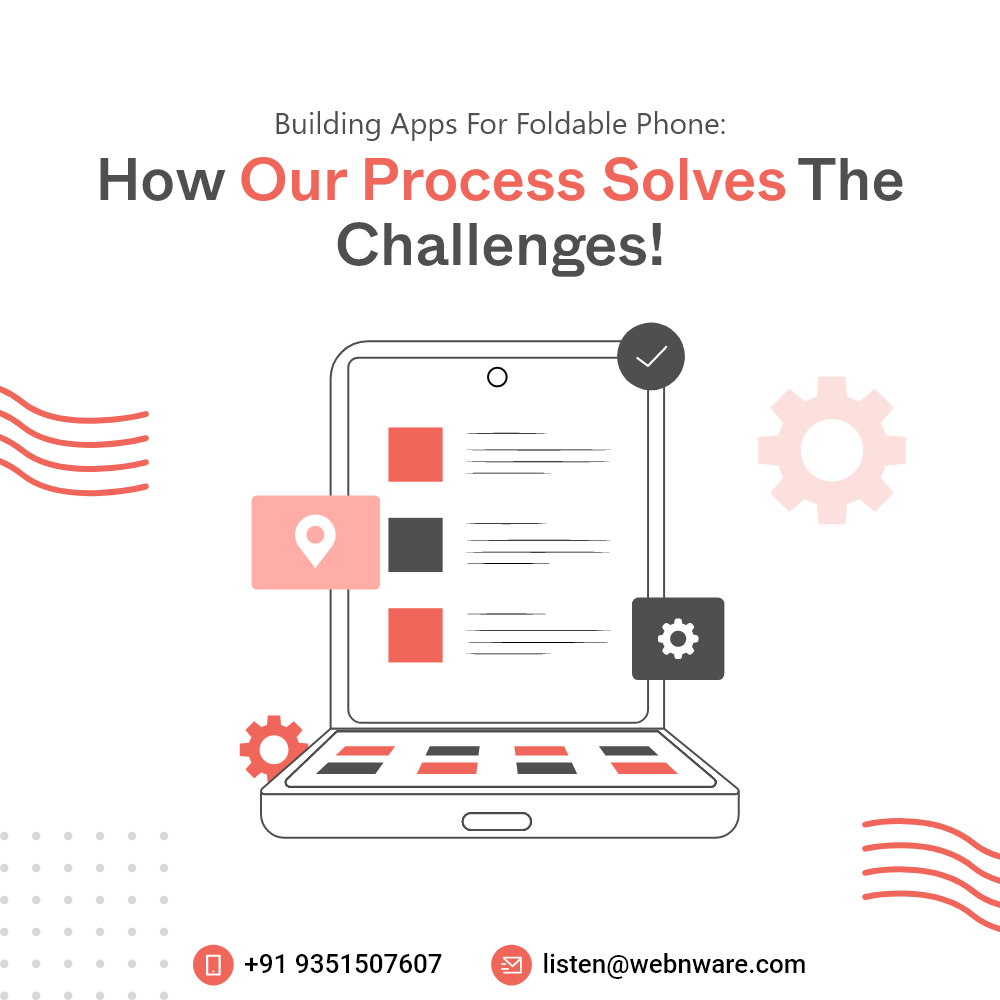
6 Best React UI Libraries in 2022
By WNW SEO | UI UX Development, | 0 CommentsAre you willing to develop an app for your brand? If yes, then you need to consult the best UI/UX development company. This is because any application – whether a mobile app or a web app, is all about having a good UI/UX. A good app developer will use the right framework to build an app of that level. React is a JavaScript library that is specially built for developing apps.
Best UI component libraries that top app developers tend to use for Building UI/UX of apps are as follows:
MUI
This stands for Material-UI and is one of the most popular and widely used React library for the number of features that it provides. It is based on Google’s Material Design, providing you with a wide variety of components, most of which are customizable. These include badges, boxes, app bars, dialog boxes, menus, sliders, buttons and auto complete. Additionally, there are plenty of themes and templates which you can use or even create your own design.React Bootstrap
The popular frontend framework Bootstrap has been rebuilt with React, written in JavaScript, TypeScript and SCSS. It has plenty of responsive components accessible to developers that are highly customizable. Additionally, you also have access to plenty of Bootstrap themes along with the ones on React-Bootstrap. Even though it has lesser components than MUI, it is popular as it is easier to use for beginners.Ant Design
This React library is mostly used by developers working for a good UI/UX development company. It has around 50 high-quality components, which include icons, buttons, dropdowns, breadcrumbs, grids and date pickers. Most of these components are customizable as per your own design. The reason why it is so popular is because it allows you to create a highly interactive UI design for your app. Furthermore, you’ll also gain access to its ow products like Ant Design Charts and AntV Data Visualization.Semantic UI React
Semantic UI is a frontend development framework that has been integrated with many other frameworks. The React integration provides you access to all CSS themes and customizable components. Additionally, each component you get here has got plenty of variations too. The library is best for developing any ready-made mobile responsive solutions and web development projects. It is best known for its user-friendly HTML code.Blueprint
This library is meant for building a desktop or web application that is meant to handle a heavy database. You can create your own customized themes here – choosing your own colors, typography, and classes. It provides you with more than40 customizable components which include buttons, callouts, breadcrumbs, tabs, tags, dividers, cards, navbars, icons and tables. For a data-based app, you can work with various date-time interactions here such as picking time zones too.Reactstrap
This component library is relatively newer but has already gained a lot of popularity and user-base. This also implies that it has fewer components. Thus, it is more suitable for making a smaller apps with a simple UI design. Additionally, you have access to a lot of free and premium themes here. The library comprises of components that are easy to use for beginners working on simple apps.Also Read Our Latest Blog:
HTML TO WORDPRESS CONVERSION SERVICE
MORE
HTML to WordPress Conversion Service
By WNW SEO | Wordpress, | 0 CommentsAre you still using a static HTML website? If yes, then maybe it’s time for you to switch to a CMS for upgrading to a dynamic and functional website that will actually work for you. With the help of WordPress code conversion services, the process becomes extremely simple and convenient today. You can migrate your website to WordPress from anywhere – whether it’s an HTML-coded site or a dynamic one in built on some other CMS platform. Let’s see how.
WordPress Code Conversion Services – Converting HTML into WordPress
HTML coded websites are basically static websites which don’t work on today’s date. They are outdated and don’t rank on search engines easily. On the other hand, WordPress is the most popular content management software on which approximately 64 million websites are currently running. This number increases every single day. Our team of developers make this conversion convenient for you with the help of their knowledge base in HTML, PHP and CSS. If you don’t wish to change the basic design of the website, we can use the code to make it a customized WordPress theme. All the existing content of your website – the coding, the images, and the text are imported into the WordPress platform and then adjusted to integrate with the CMS platform. This is done without changing the original look of your site but providing you with other features like direct control over your web pages and content, plugins that help you improve your security and much more. In other words, you get a dynamic website that now runs on a WordPress platform which also has:- Cross-browser compatibility
- W3C validation
- Pixel-perfect match of the original HTML or CSS code
Migrating a Website from Another CMS Platform to WordPress
This process is also very simple, in fact easier than converting a static website into a dynamic one. This is because you just have to import data from one CMS platform to another. All you need is a plugin that’ll help you with the process. Depending on the platform that you’re importing from, you might have to check which plugin might be best suited for you. Some of the plugins you can check out on the WordPress plugin directory include:- Fantastik
- Duplicator
- io
- All-in-One WP Migration
When you have to migrate a website from one CMS platform to another, here’s how the process usually works:
- First, you take a back-up of all your existing data on a cloud.
- Next, you install WordPress and set it up.
- Now, you import your website data from its existing URL platform. The above plugins or any other similar one in the directory will help you with this process.
- You need to migrate the existing web design into a customized WordPress theme. Hiring professional WordPress code conversion services might be useful here.
- You’ll have to import the Style Sheet in order to work with the header, footer, home page, content style and other aspects of web design.
- Review the website and fix any bugs, broken links & buttons, and errors in design.
WordPress has millions of users due to its ease of use and SEO-friendly features. If your website isn’t powered by this platform, then do check what you might be missing out on. Also Read Our Latest Blog:-
BUILDING APPS FOR FOLDABLE PHONE: HOW OUR PROCESS SOLVES THE CHALLENGES!
MORE
Building Apps for Foldable Phone: How Our Process Solves the Challenges!
By WNW SEO | App Development, | 0 CommentsWe’ve ad a lot of foldable Android devices coming up since the last 2 years. Most of them have a full screen as large as a mini tablet. Thus, every app development company now needs to make new advancements in their work so as to comply with these phones. When you fold or unfold your phone, you need the app to transit in the new screen size smoothly and automatically. That is the main challenge of app designing for foldable devices. It has to be way more responsive and automatic.
Foldable Smartphone App Development: Let's Open the Secrets
Here’s what you need to do for overcoming the challenge:Smooth Automatic Transition
Just as websites have a dynamic and responsive design to suit all screen sizes, apps need the same. However, for foldable devices, this responsiveness has to be more advanced as it needs to expand as soon as you unfold your screen and contract as soon as you fold it. For this, you need to do dynamic resizing, which can be done by setting the code resizeableActivity=true.Checking for Foldable Postures
There are two types of foldable devices – one that comes with a horizontal fold and the other that comes with a vertical fold. The former goes in a table-top or laptop mode when you unfold it while the latter can open like a book and become a flat tablet. When you’re designing apps for foldable devices, you need to consider both the types.Testing on Multiple Screen Aspect Ratios
With Android devices coming in multiple screen sizes, your app responsiveness has to be more flexible anyway. With foldable devices, you need the app to support long and thin screens and transit to wider screens. Some of the ratios you need to work on include:- 1:1
- 4:3
- 3:2
- 16:10
- 5:3
- 16:9
- 21:9


